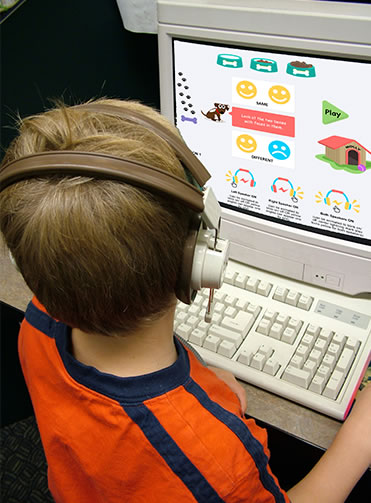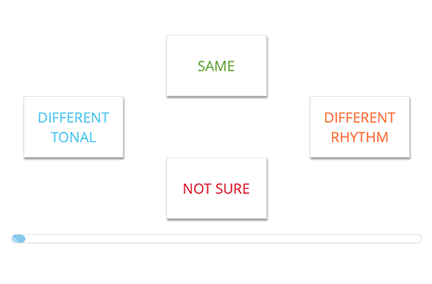-
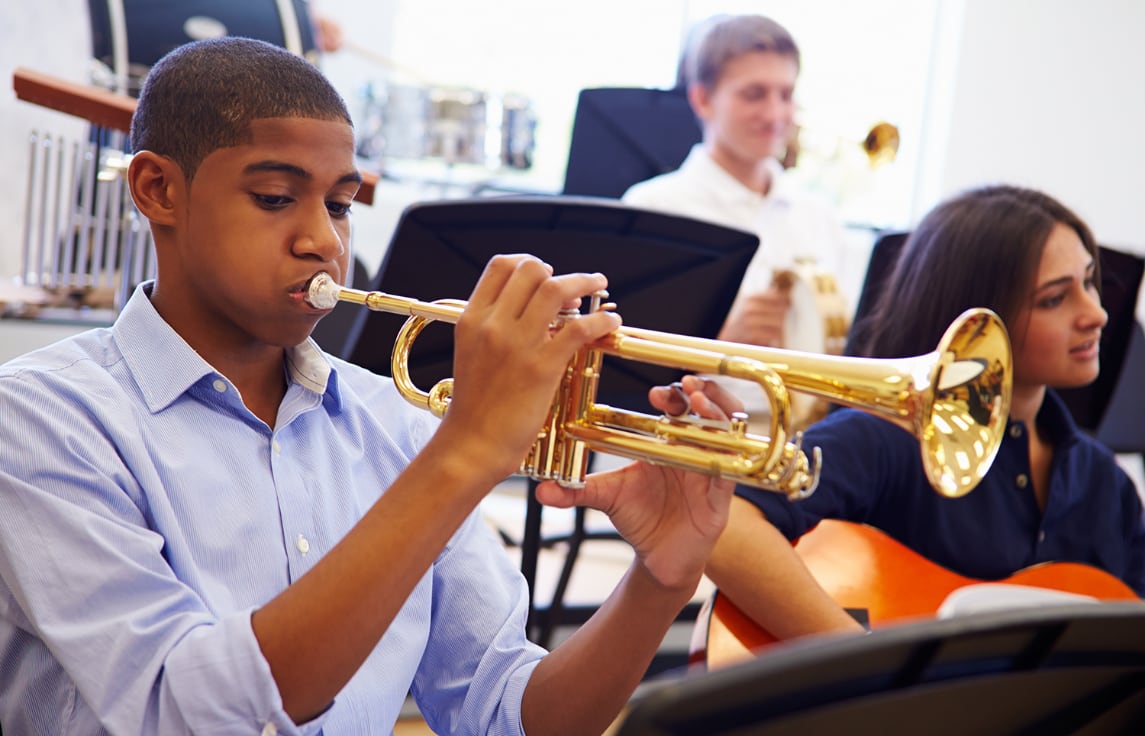 Login
Login
-

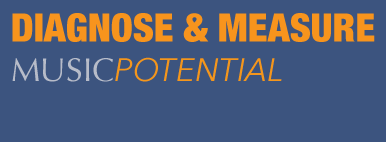 The only statistically valid and reliableLogin
The only statistically valid and reliableLogin
assessment tools for music learning potential -

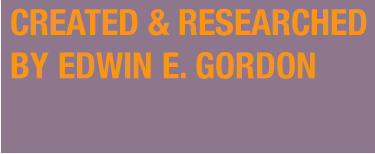 PMMA, Grades K–3Login
PMMA, Grades K–3Login
IMMA, Grades 1–6
AMMA, Grades 7–College -

 Login
Login- • Students need no prior music training, reading, or writing skills
- • Receive tonal, rhythm, and composite scores
- • All you need is a computer with Internet access and a set of headphones!
-


 Login
Login- • Keeps track of your students
- • Provides raw and percentile information
- • Conveniently exports the information by class or student
- • Securely retains information for subsequent retesting
